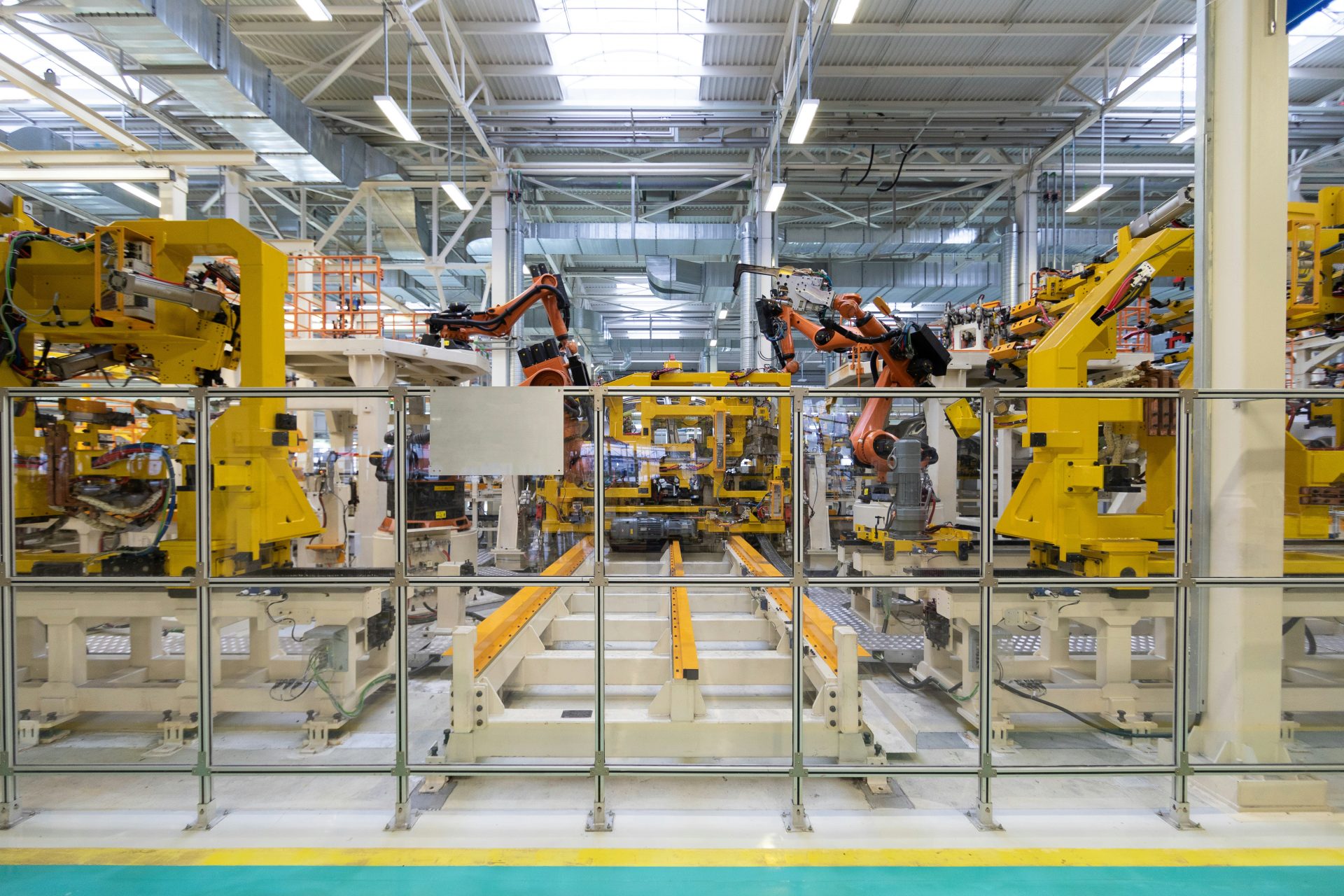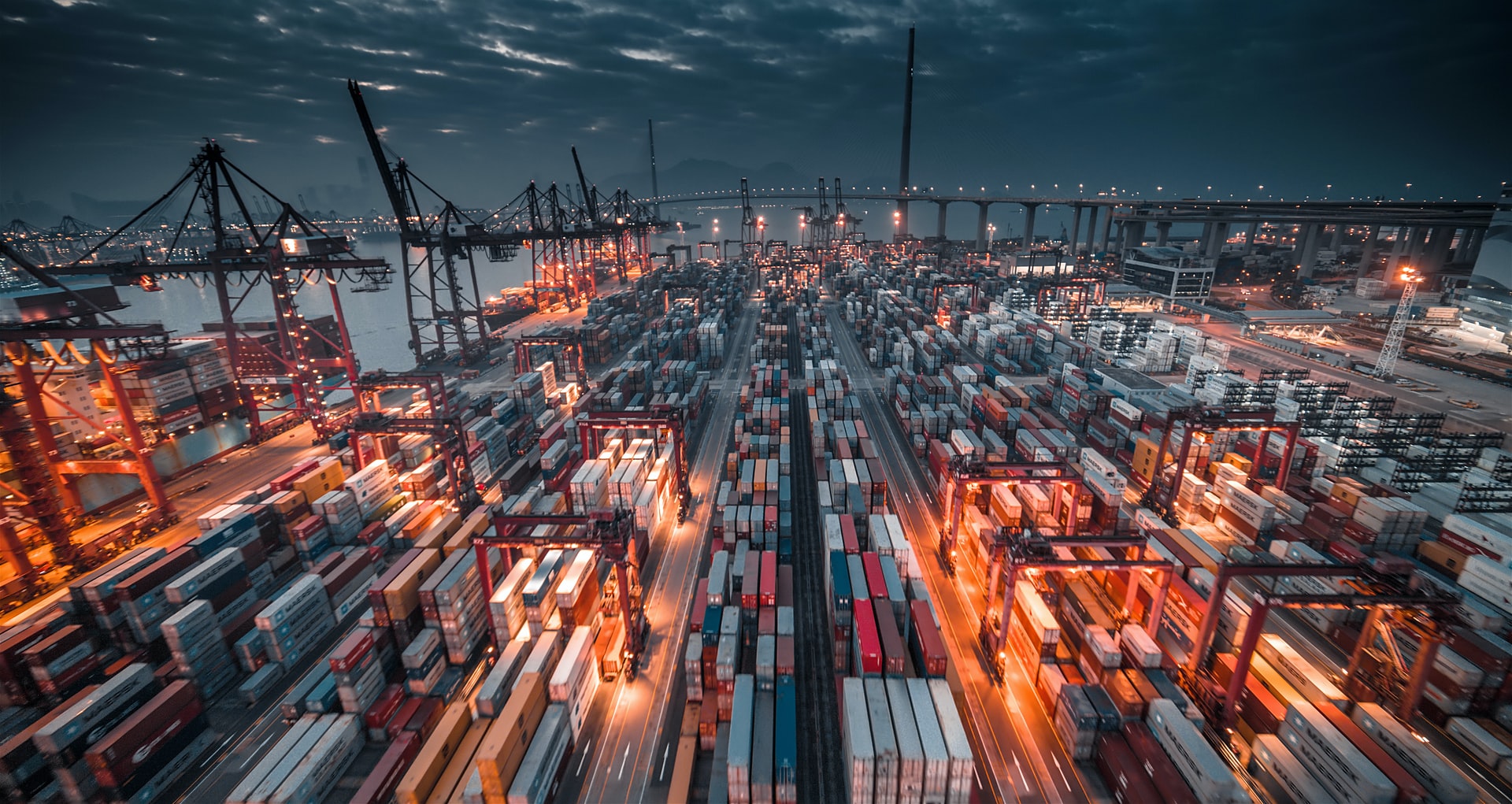How Companies Can Navigate The Global Manufacturing Transformation
President Donald Trump’s return to the White House has sent global shockwaves in manufacturing and trade, particularly with the latest 25% tariffs on all steel and aluminum imports to the US.
Now, the world is bracing itself for global tariffs that potentially mean more chaos as we face the strong possibility of countries retaliating against President Trump’s aggressive trade policies. Specifically, trade uncertainties are cited as a primary business challenge among over a third of manufacturers, according to insights from NAM 2024 outlook surveys.
Meanwhile, the US is strengthening its domestic manufacturing capabilities in high-technology sectors like semiconductors, electric vehicles (EV), and renewable energy. Former President Biden’s CHIPS and Science Act, which President Trump is keeping in place, are redirecting global investment flows as the US becomes a more attractive destination to increase high-technology manufacturing.
What does this mean for the world’s other manufacturing powerhouses, such as China, Germany, and South Korea, who are already contending with emerging high tech hubs in the form of India and Vietnam, and Malaysia? Is the rise of emerging markets heralding a new world order for manufacturing?
We’re witnessing a global drive for innovation as companies and countries alike rally to gain a competitive edge. It is not surprising that they’re clinging to these facets now more than ever as we deal with ever-mounting uncertainty in the coming months.
Let’s dive into how manufacturers around the world are responding to the unfurling situation, the opportunities for emerging markets, and why innovation and supply chain reinvigoration are key.
Racing to Innovate
The AI hardware race is stirring up manufacturing activities worldwide. Countries that were not historically manufacturing hubs, such as India, are now edging towards the forefront of manufacturing EVs and telephone devices and attracting significant investment.
Added to that, protectionism is guiding strategic maneuvers in manufacturing. Most countries, if not all, are placing increasing weight on strategies that enhance their defense technology capabilities. Manufacturers can benefit from keeping a pulse on how defense needs are shaping new technological advancements in all four corners of the world as the dimensions of modern warfare continue to expand and countries look for cutting-edge solutions that are uniquely accessible to them.
Arguably, European companies are feeling the brunt of what’s happening right now. Europe has long been caught between the US and China and is struggling with its technological gap. Analysts argue that European manufacturers have an opportunity to learn from their American counterparts on enhancing research and development initiatives to boost their high-technology capabilities and become more self-sufficient.
Additionally, European CEOs are recognizing the ever-growing need for transformation, predicting that their current business models will no longer be viable in the next decade, according to recent PwC insights. By that same token, they also acknowledge that technological change is the main propeller of this needed transformation to achieve the agility and resilience that will help them weather the current and coming storms.
Finally, companies would be well positioned to consider technology outputs beyond China and the US as emerging markets continue to rise on the global innovation stage. For instance, India is looking to strengthen its potential as a hub for high-technology innovation, particularly in the global semiconductor market.
Revolutionizing Global Supply Chains
Heightening geopolitical tensions between the US and China may likely reinvigorate ‘China Plus One’ strategies that have risen since the last trade war and the COVID-19 pandemic. For example, Japanese firms are looking to India as part of their supply chain diversification strategies. This is partly driven by India’s massive talent pool, although Japanese companies can also utilize India’s long-standing business foothold in the Middle East to expand relations there.
Companies in Europe have an opportunity to leverage the regional manufacturing powerhouses in Central and Eastern Europe (CEE). In fact, Slovakia, Hungary, Slovenia, and Czechia are ranked among the top 20 most knowledge-intensive product exporters in the world.
Let’s take the European automotive industry as an example. It’s currently at a critical turning point, hastened by mounting geopolitical tensions arising from tariffs and the Chinese monopolization of battery EV (BEV) imports to Europe. While some countries within Europe are increasing EV imports from China, some world-renowned manufacturers, like BMW, are relocating EV production from Asia to closer places like Hungary.
Beyond an intra-regional supply chain focus, multinational collaboration to boost supply chain resilience and agility is also important. For instance, the Austrian semiconductor firm ams OSRAM recently announced its new facility in Malaysia to meet sustainability and innovation demands.
Other markets, like Japan, come with advanced capabilities in green technologies, while the European Union is a long-time leader in promoting sustainable practices. Additionally, South Asian countries like Indonesia have an abundance of raw materials, such as nickel and cobalt, which are indispensable to manufacturing technology.
Forging business alliances between these markets can help business leaders hone their strategies with better access to the necessary industry knowledge, talent pools, and raw materials that can enable them to mitigate key supply chain challenges like sustainability and cost.
Innovation and remapping supply chain strategies are vital for the future viability of business growth. Manufacturers must look to enhance their technological capabilities while uncovering new opportunities to relocate supply chain operations abroad. The current geopolitical landscape highlights the importance of supply chain resilience and ensuring innovative efforts augment this.



